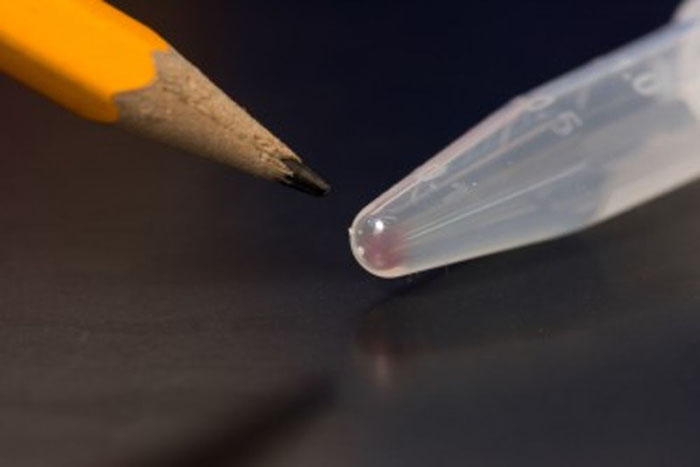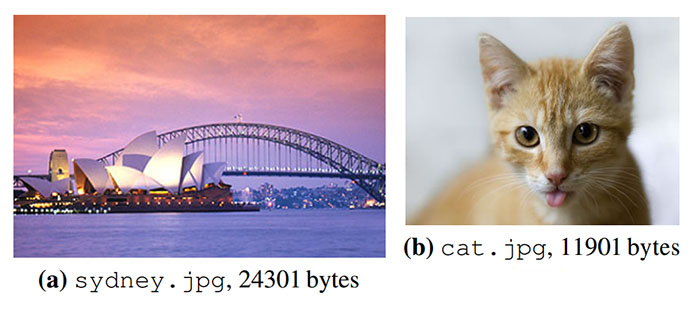Scientists Using DNA to Store Digital Photos for Centuries
![]()
Memory card full? Just pull out some DNA storage and keep shooting. Scientists have figured out how to store digital photos in DNA and then perfectly retrieve them afterward.
How efficiently? Get this: 10,000 gigs of data — equivalent to the full backups of 600 basic smartphones — can be stored in a tiny smear of DNA nestled at the bottom of a test tube.

In a new paper, the scientists describe how they successfully encoded 4 digital photos as nucleotide sequences of synthetic DNA snippets. They then retrieved the photo by reversing the process from a larger pool of DNA, and the images were reconstructed without a single byte of data missing.

“We’re essentially repurposing it to store digital data — pictures, videos, documents — in a manageable way for hundreds or thousands of years,” the scientists say. All the digital data worldwide is expected to hit 44 trillion gigabytes by 2020, so scientists are scrambling for data storage solutions that are more efficient and more stable than current options.
Current digital data storage options (e.g. discs, flash drives, and hard drives) generally have life spans measured in decades, but DNA can preserve data for centuries.
P.S. We previously reported on efforts to use DNA as digital data storage in 2012 and 2013.